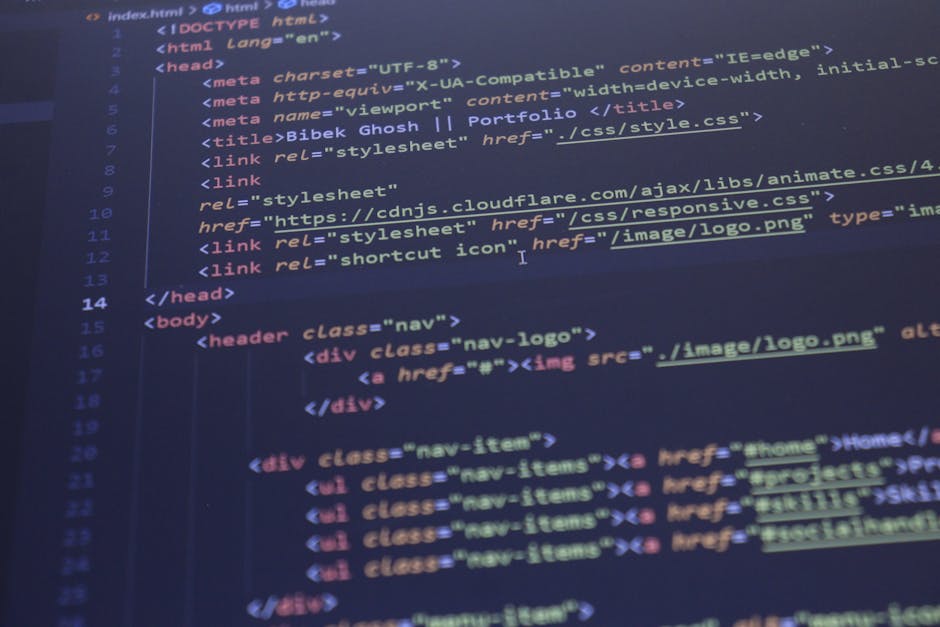The Rise of No-Code Website Builders: Empowering Non-Technical Entrepreneurs

The Rise of No-Code Website Builders: Empowering Non-Technical Entrepreneurs
In recent years, the landscape of web development has undergone a dramatic transformation, particularly with the advent of no-code website builders. This shift has democratized internet technologies, enabling individuals without any technical background to launch their own digital projects swiftly. As modern businesses increasingly rely on rapid validation of ideas, the importance of tools like Strikingly and Static.run has surged, reflecting a significant tactical shift in how new businesses are conceived and tested.
Industry Evolution and Market Impact
Historical Context: Just a decade ago, creating a website required substantial coding skills or sufficient capital to hire developers. The introduction of no-code platforms has shattered these barriers, enabling rapid deployment of web projects. These platforms are not only accelerating the pace at which ideas are tested but are also expanding the entrepreneurial landscape to non-tech-savvy individuals.
Economic Implications: The rise of no-code tools is also economically significant. By reducing the entry barrier, these platforms have encouraged a surge in startups, fostering innovation and potentially boosting job creation. Moreover, they contribute to a more inclusive digital economy where individuals from various backgrounds can participate actively.
Comparative Analysis of No-Code Platforms
While all no-code builders serve the purpose of simplifying web development, they cater to diverse needs and preferences:
Strikingly is tailored for quick one-page websites, making it ideal for personal portfolios or initial market validations. In contrast, Wix and Weebly provide more comprehensive design options, suitable for more detailed projects like online stores or interactive portfolios. Meanwhile, Static.run offers the sheer simplicity of drag-and-drop for static content, ideal for those needing speedy setups without frills.
Emerging Trends and Future Outlook
Advancements in Technology: As technology evolves, so do no-code platforms. Future enhancements are likely to include more sophisticated AI capabilities, possibly offering automated design choices based on user input and behavioral data. This could further streamline the process of website creation, making these tools even more intuitive and powerful.
Sustainability and Scalability: While no-code platforms are excellent for MVPs and initial validations, businesses that grow might feel constrained by the limitations of free plans. Recognizing this, many platforms offer scalable paid options. This business model not only assures platform sustainability but also supports businesses in their growth phases.
Looking ahead, the democratization of web development is expected to continue, potentially leading to a more diverse and competitive market landscape, as more individuals turn their ideas into reality without significant capital or technical skills.
Conclusion: Shaping the Future of Tech Entrepreneurship
The revolution brought by no-code website builders marks a pivotal shift in tech entrepreneurship. As these tools evolve, they will likely become even more integral to the business validation process. The ability to rapidly test, iterate, and redeploy ideas will continue to lower the threshold for tech entrepreneurship, making it an inclusive and highly dynamic element of the modern economy.
In conclusion, as businesses increasingly rely on digital presence, the strategic importance of no-code platforms cannot be overstated. They not only empower a broader spectrum of entrepreneurs but also significantly contribute to a nimble, responsive, and innovative business environment. The future of web development is not just coding; it's no-coding.
